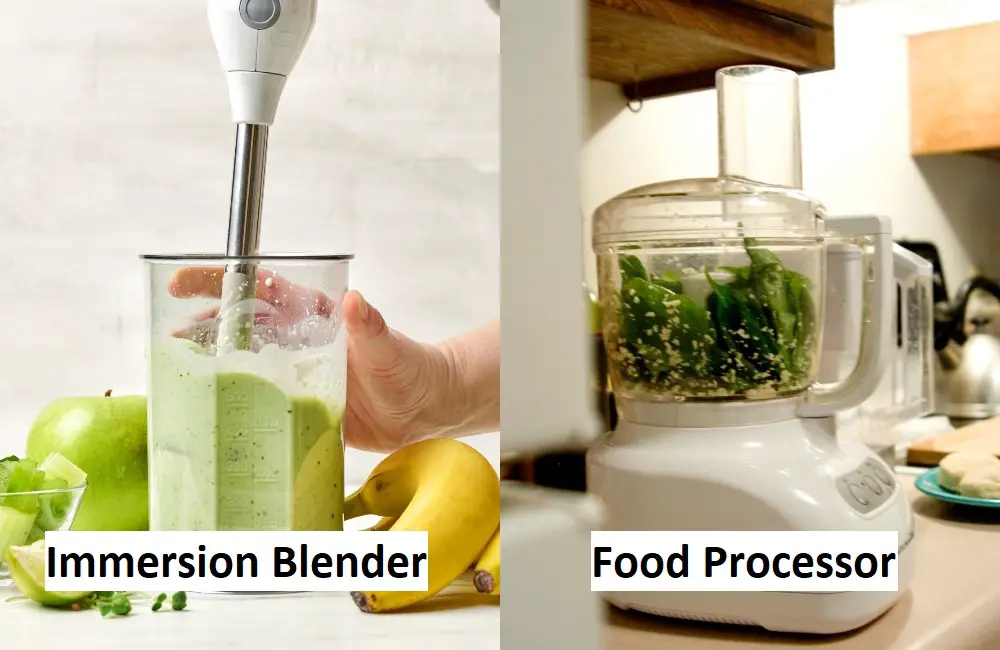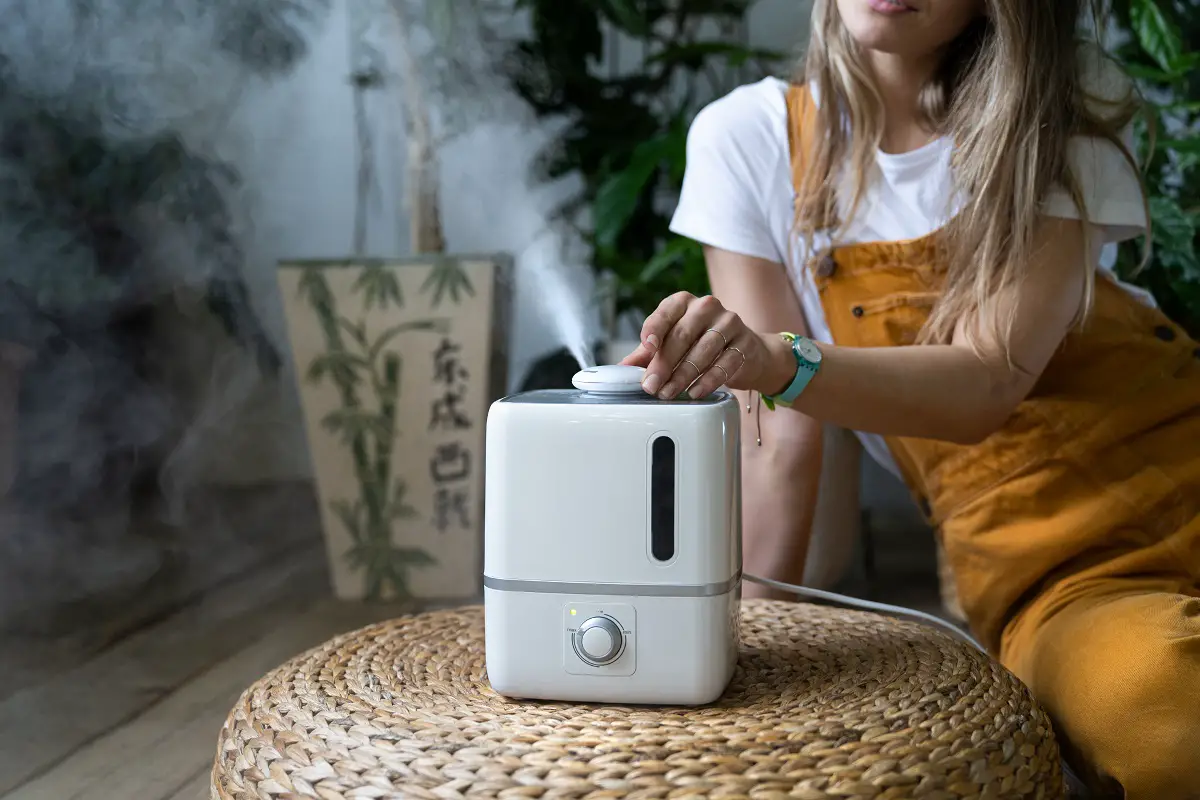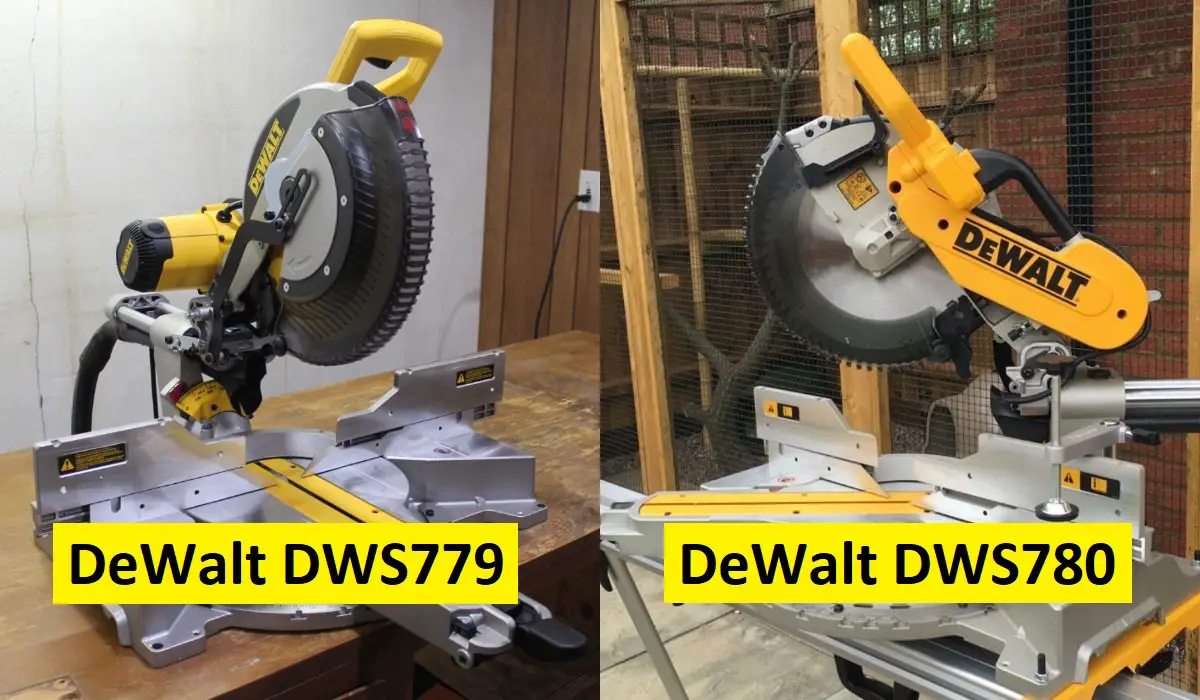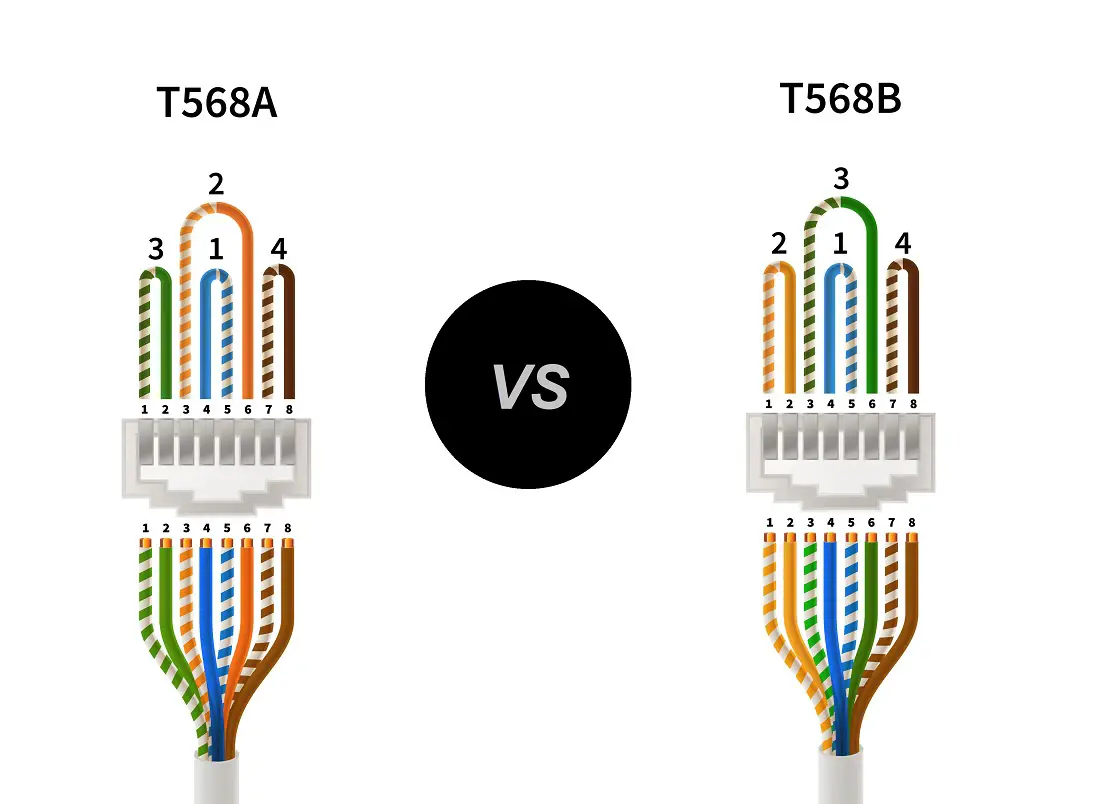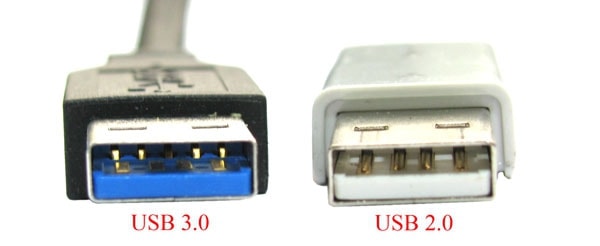Immersion Blender Vs. Food Processor: What Are The Differences?
Food processors are common in every household kitchen, and so are immersion blenders. Since both the appliances dice food using blades, one might think they are substitutes for one another. But that is not the case as there is a vast difference between immersion blender and food processor.
Let’s find out about them in our immersion blender vs food processor article.
Immersion Blender vs. Food Processor: At a Glance
We know what you’re thinking; the food processor is just a larger blender with multiple blade fittings, right? Well, technically, you are right, but the basic functions of the two are entirely different.
The immersion blender is a device powered by a high-speed motor and a sharp set of blades that are bent towards the mouth. Its blade shape and motor power help the blender dice up your food into the smallest possible bits in one go.
However, as any chef knows, the immersion blender is to be used only if your end result is a liquid such as a paste or a puree.
You might argue that the blender can be used to chop solid food as well, which is correct. But, with the upwards bend of the blade, a lot of your food will get stuck underneath it; this is where your food processor comes in. The large tub houses a flat blade that dices and shreds through any solid food you put inside.
If you need some diced vegetables for your salsa or salad, then the food processor is your go-to device.
What Is an Immersion Blender?

Unlike traditional blenders, the immersion blender is a portable device used for chopping a small group of ingredients.
Being a handheld device allows you to wiggle the blender around to chop all your food into a puree form. This one is perfect for making smaller food servings in a hurry. Also, the handheld body design of the blender saves tons of space on your kitchen counter.
Once you’ve got all the ingredients for your paste, stock or broth ready, simply put them into a bowl and maneuver your blender to dice everything. It’s that easy!
With that being said, you need to ensure your bowl is deep enough to submerge the head. Failure to do so will cause a massive mess in your kitchen, with all the contents sprayed onto walls.
As we have previously mentioned, the immersion blender is only to be used when your end product is a liquid; this means you can make milkshakes, salad dressings, puree, and many more!
What Is a Food Processor?
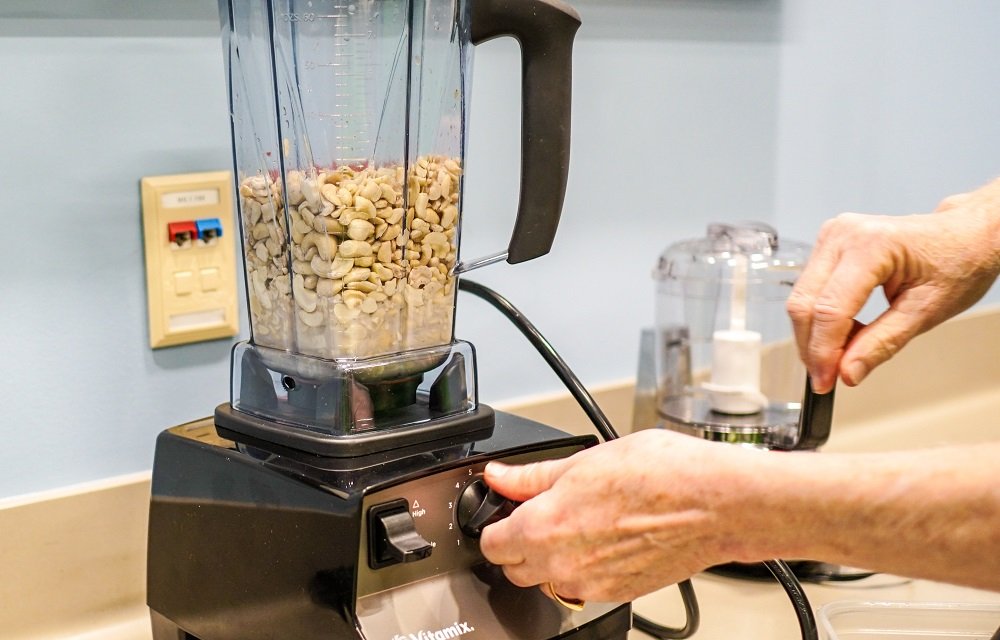
Contrary to the immersion blender, a food processor tends to take up loads of space. The entire appliance comes with various kinds of blades that determine how fine your food is chopped. Using the flat blades of the food processor, you receive similar-looking cuts for whatever you put inside it.
The device features a large tub with a lid that has a tube-like opening. Once plugged in, the blades keep spinning as you’re required to drop your ingredients down the opening slowly.
Whether you want to chop carrots, beet, and cabbages for your salad or fine-grind bread for breadcrumbs, the food processor does it all.
You may also read the article about Teaspoon vs. Tablespoon.
Key Differences
- Immersion blenders are handheld appliances, whereas food processors aren’t.
- Food processors come with a wide range of blade selections for various chopping sizes. The immersion blender usually comes with one blade for all its purposes.
- Ideally, the immersion blender’s blade shape is best used for making liquid, pasty food items. Food processors, on the other hand, are more specialized for dry and solid dicing purposes.
- Immersion blenders are a quick solution and don’t require much setting up. It works best with making small portions of food. Food processors, however, have large tubs which can cater to a large crowd.
- Usually, immersion blenders are easy to store because of their compact shape and size; this is not the case with food processors, as they are large and often come with various accessories that need to be kept close.
Key Differences Between Convection Bake and Convection Roast
Differences Between Immersion Blender and Food Processor: The Comparison Table
| Parameters of Comparison | Immersion Blenders | Food Processors |
| Shape and Size | Portable and small | Large and not portable |
| Accessories | Often doesn’t come with extra accessories | Usually includes extra blades and bowl inserts |
| Speed control and Pulse settings | Offers 2 speed settings and no pulse control | Comes with more than 2 speed settings and pulse control |
| Ideal Food Types | Liquid paste, hummus, sauce, or dressings | Dry chopping vegetables or fruits any other solid ingredient |
| Serving Size | Depends on the bowl containing the ingredients | Large servings due to the tub sizing |
Conclusion
We hope you know by now that the immersion blender vs food processor feud is quite unreasonable. These two appliances will never be able to make the other one obsolete.
While the blender is reserved for purifying and making liquid food, the processor is equally important in the kitchen for its dry chopping and dicing use.
